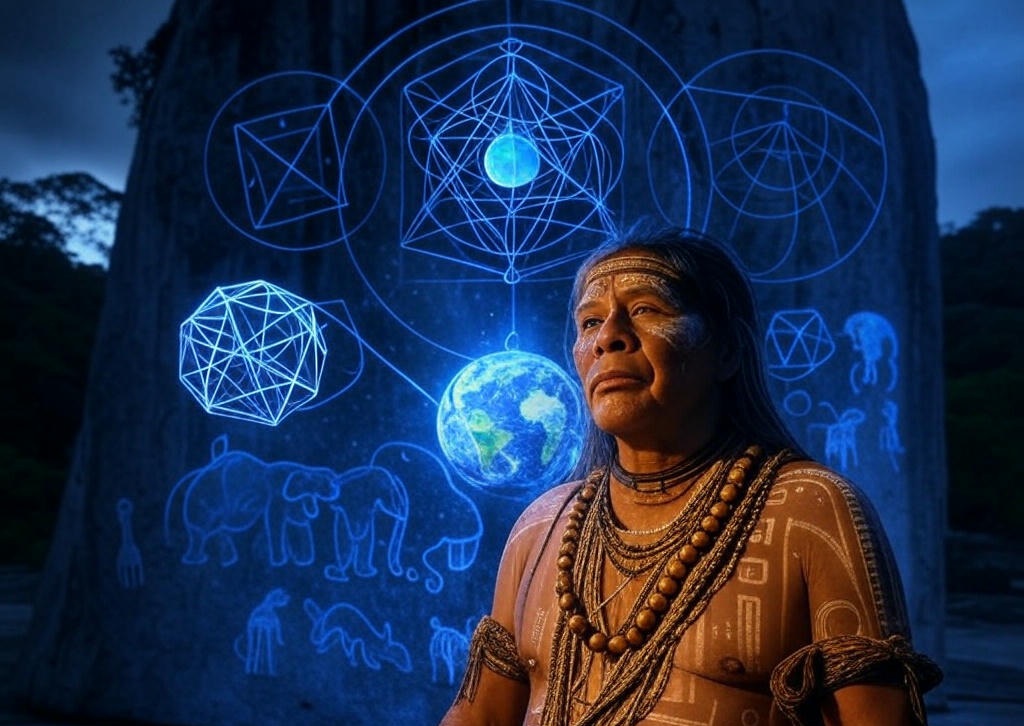Researchers from the University of Exeter have unveiled a fresh perspective on the mysterious rock paintings scattered across the Colombian Amazon, challenging long-held assumptions about their purpose. These ancient artworks, etched into cave walls and rock shelters, date back over 11,000 years and feature vivid depictions of wild animals—jaguars, deer, birds—and hunting scenes. Long a source of fascination for archaeologists, these pieces are now illuminated by a compelling new interpretation rooted in the wisdom of the region’s indigenous elders.

To unlock the secrets of these creations, the Exeter team turned to the elders still living in the lush, remote Colombian Amazon, where thousands of these striking artworks endure. Through detailed surveys, the researchers sought to connect contemporary insights with the ancient worldviews that inspired the paintings. What they discovered was astonishing: the elders explained that the art was far more than a reflection of daily life or the natural environment, as previously thought.
According to the indigenous oral traditions shared with the scientists, the paintings were crafted by ritual specialists, likely shamans, as a means to bridge the physical and spiritual realms. Rather than simply documenting hunts or wildlife, the images symbolized transformation—capturing the fluid boundaries between human and animal forms as they shifted between dimensions. The elders described the art as a visual language encoding the deep ties between human communities and the non-human entities central to their cosmology.
Jamie Hampson, the study’s lead author, underscored the importance of this revelation. He noted that the rock art reveals how these ancient Amazonian societies understood their place in the cosmos, weaving together their interactions with the tangible world—plants, animals, landscapes—and the invisible forces that shaped their rituals and beliefs. This fusion offers a richer picture of how they lived in balance with their surroundings.

The findings signal a shift in how scientists approach these artworks, opening doors to deeper exploration of their cultural and historical significance. Questions about ritual, identity, and cosmology in early human societies now take center stage. By collaborating with the indigenous peoples, the Exeter team highlights the power of blending living traditions with archaeological inquiry, ensuring that the voices of both past and present resonate as research continues.


